After Life at the National Theatre
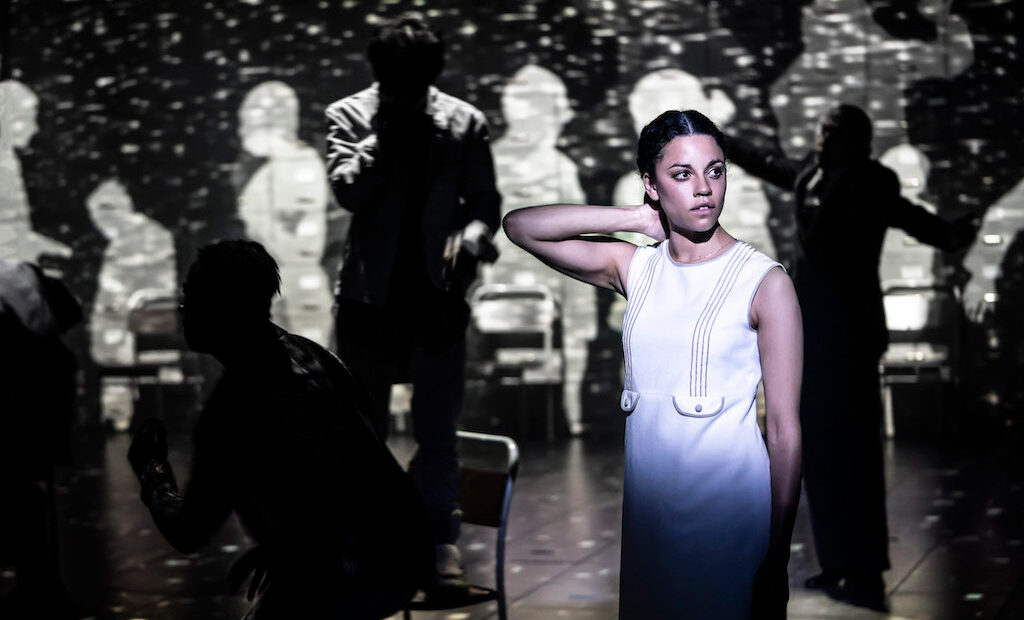
Life is nothing without memory… but can a life ever be reduced to one memory? Equally, to what extent is memory just a performance? What is enhanced and restaged, manifested in the mind to new “memories” and new “lives’? The National Theatre’s new production, After Life, may not have the full answers to all these questions, but working them out has never been more beautiful.
Adapted from Hirokazu Kore-eda’s 1998 film of the same name, After Life follows a cohort of the recently deceased as they loiter in a waiting room-themed purgatory, tasked with choosing one memory to live in forever – an entire lifetime boiled down to a single moment. Here, with the help of a selection of weary bureaucrats, they sift through their own existence in search of that one happiest moment to retreat into, and as they do so, some hard truths and painful secrets come to the fore.
Interestingly, the original Japanese title of the film was Wonderful Life, and Jack Thorne’s script evokes this sentiment beautifully: the impetus isn’t in what’s “after” but on what was “wonderful”, the reflective and bittersweet sensation of identifying when one was happiest, and reliving those tantalising moments. Under Jeremy Herrin’s sensitive direction, the stage swells with life-filled tableaux – laughter, dance, longing, love.
While originally writing After Life, Kore-eda has said he was inspired by how memories were composites of reality and imagination: “I saw that human emotions are the sparks that fly when ‘truth’ and ‘fiction’ collide”. The cast carry this intention perfectly. From the ethereal softness of Anoushka Lucas to the undeniable charisma of Togo Igawa, these performers lean into the malleability of memory, staging and restaging fully realised scenes, letting truth and fiction clash and clash again.
Of course, the standout of the production has to be Bunny Christie’s immaculate set design. Already a legend of the West End world, Christie’s ghostly designs cement her status as one of the greats. The static of lost souls, the anachronistic projections, the juxtaposition of the boring with the unbelievable: no one can excite a stage like Christie.
Nevertheless, there’s almost something perfunctory about Christie’s set design, as if the space is betraying the sad fact that passing on is simply part of the routine – that this waiting room is already anticipating the next load of the deceased. Behind the joyous celebrations and colourful antics and emotional evocations, the barricades of filing cabinets stand resolute, their bureaucracy always partially visible in the background. There is joy to be had, but deadlines need to be met and passing on is unavoidable.
Samuel Nicholls
Photos: Johan Persson
After Life is at the National Theatre from 2nd June until 7th August 2021, with booking opening for the public on 25th June and for members on 16th June. For further information or to book visit the theatre’s website here.



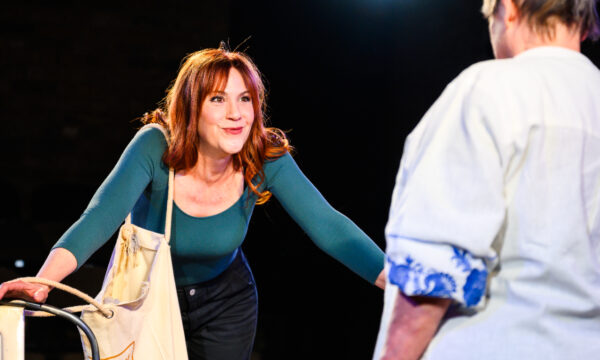
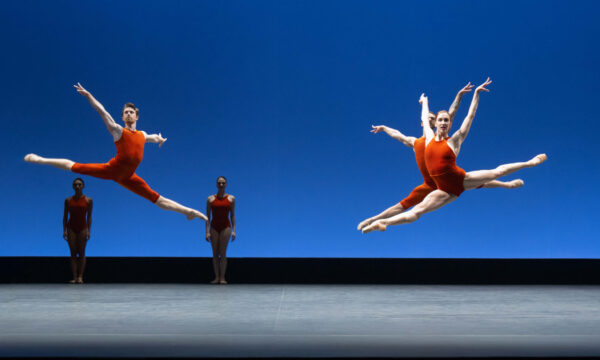
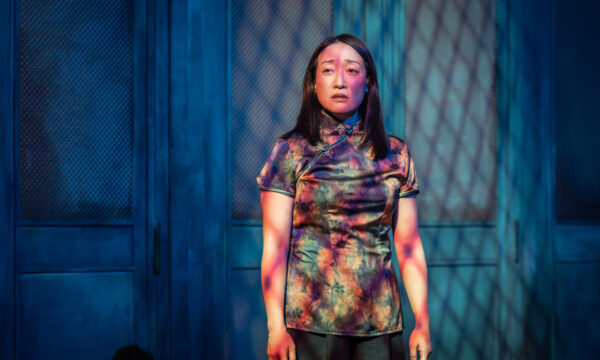

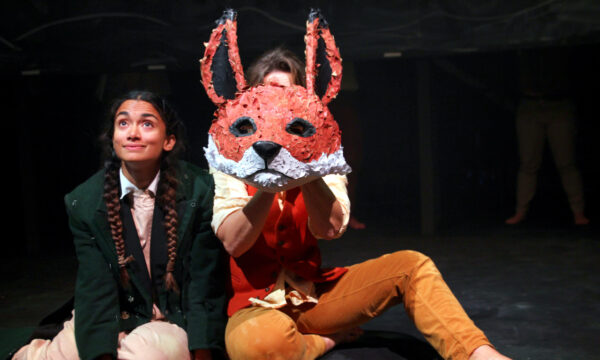



















Facebook
Twitter
Instagram
YouTube
RSS